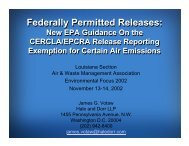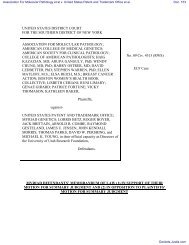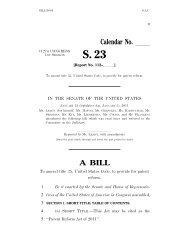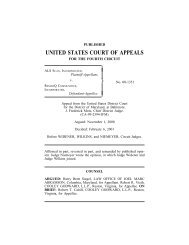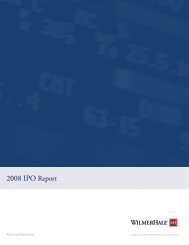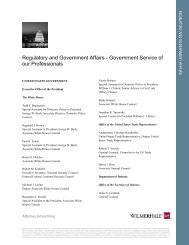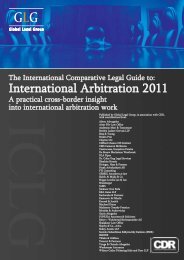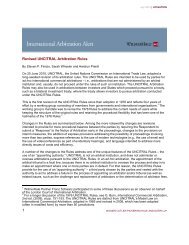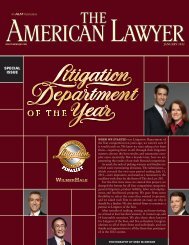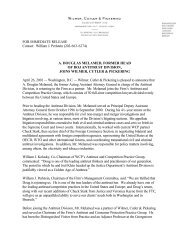Innogenetics, N.V. v. Abbott Laboratories - WilmerHale
Innogenetics, N.V. v. Abbott Laboratories - WilmerHale
Innogenetics, N.V. v. Abbott Laboratories - WilmerHale
You also want an ePaper? Increase the reach of your titles
YUMPU automatically turns print PDFs into web optimized ePapers that Google loves.
detecting any complexes that have been formed. <strong>Abbott</strong> provides no expert opinions onhow a person ordinarily skilled in the art would have a different understanding of theclaim limitation. Nor does <strong>Abbott</strong> ever contest the credibility of Dr. Reznikoff’sunderstanding.While we may not be in as able a position as the district court to ferret out thecredibility of an expert, Dr. Reznikoff’s reading is supported by the intrinsic evidence.The specification of the ’704 patent explicitly states that the detection of hybrids “may bedetermined by means of colorimetric, fluorescent, radiometric detection or any othermethod comprised in the state of the art.” ’704 Patent col.6 ll.36-43 (emphasis added).<strong>Abbott</strong> contends that the written description constricts the claim limitation to a method ofcontemporaneous detection because the described embodiments all feature detectionof an actual complex. However, as is well established, an applicant is not required todescribe in the specification every conceivable and possible future embodiment of hisinvention. SRI Int’l v. Matsushita Elec. Corp. of Am., 775 F.2d 1107, 1121 (Fed. Cir.1985). Given the sparse but broad statements in the specification about how theclaimed invention detects hybridized complexes, see ’704 Patent col.6 ll.36-43, col.20ll.16-28, col.20 ll.41-42, <strong>Abbott</strong>’s reading of the process of detection improperly narrowsthe claim language.Lastly, relying on various dictionaries, <strong>Abbott</strong> argues that the word “as” iscorrectly defined as “at the same time that: while.” <strong>Abbott</strong>’s reliance on a singledictionary definition without explanation—especially where “as” has multiplemeanings—commits the very error of construction that we warned against in Phillips.See 415 F.3d at 1321 (“The main problem with elevating the dictionary to such2007-1145, -1161 7




